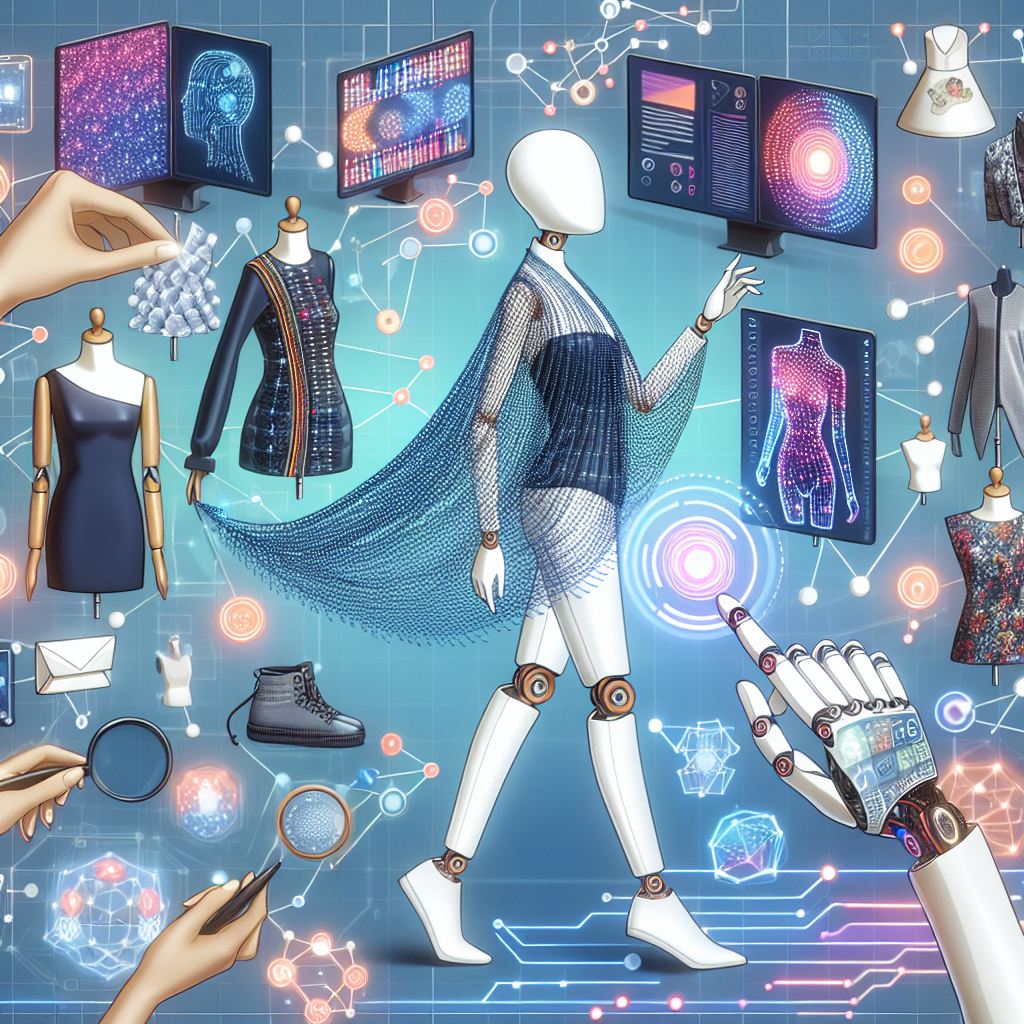The fashion industry has always been known for its creativity, innovation, and constant evolution. However, in recent years, the industry has been undergoing a major transformation with the integration of artificial intelligence (AI) technologies. From designing to manufacturing to retail, AI is revolutionizing every aspect of the fashion industry, changing the way we create, consume, and interact with fashion.
AI is reshaping the fashion industry in a variety of ways, from predicting trends to personalizing customer experiences to optimizing supply chains. In this article, we will explore the impact of AI on the future of fashion and how these technologies are changing the industry as we know it.
Design and Creativity
One of the most exciting applications of AI in the fashion industry is in the design process. AI algorithms can analyze vast amounts of data, such as social media trends, customer preferences, and historical sales data, to predict future trends and help designers create more relevant and marketable collections.
For example, companies like IBM and Google have developed AI-powered tools that can analyze images, text, and patterns to generate new design ideas and inspiration for designers. These tools can help designers save time, reduce costs, and create more innovative and trend-focused collections.
In addition to aiding in the design process, AI is also being used to create virtual models and digital avatars that can be used for fitting and styling purposes. This technology allows designers to visualize their designs on a variety of body types and sizes, helping to create more inclusive and diverse collections.
Manufacturing and Supply Chain
AI is also revolutionizing the manufacturing and supply chain processes in the fashion industry. By using AI-powered algorithms to optimize production schedules, predict demand, and manage inventory, companies can reduce waste, improve efficiency, and lower costs.
For example, companies like Adidas and Zara are using AI to automate and streamline their manufacturing processes, allowing them to produce clothing faster and more efficiently. AI-powered robots can also be used to perform repetitive and labor-intensive tasks, such as sewing and cutting fabric, freeing up human workers to focus on more creative and complex tasks.
AI is also being used to optimize supply chain logistics, helping companies to better track and manage their inventory, reduce lead times, and improve customer service. By using AI-powered algorithms to analyze data from sensors, RFID tags, and other sources, companies can better predict demand, optimize production schedules, and ensure that products are delivered to customers on time.
Retail and Customer Experience
In addition to design and manufacturing, AI is also transforming the retail and customer experience in the fashion industry. By using AI-powered algorithms to analyze customer data, companies can create more personalized and targeted marketing campaigns, recommend products based on customer preferences, and improve the overall shopping experience.
For example, companies like Stitch Fix and Amazon are using AI to analyze customer data and create personalized recommendations for clothing and accessories. By analyzing factors such as past purchases, browsing history, and social media activity, these companies can create personalized style profiles for customers and recommend products that are tailored to their individual tastes and preferences.
AI is also being used to improve the shopping experience in brick-and-mortar stores. By using AI-powered technologies such as virtual reality, augmented reality, and interactive displays, companies can create more engaging and interactive shopping experiences for customers, allowing them to try on clothing virtually, see how different outfits look together, and receive personalized recommendations from virtual stylists.
FAQs
Q: How is AI being used in fashion design?
A: AI is being used in fashion design to analyze trends, predict customer preferences, create virtual models and avatars, and generate new design ideas and inspiration for designers.
Q: How is AI changing the manufacturing process in the fashion industry?
A: AI is changing the manufacturing process in the fashion industry by automating and streamlining production processes, optimizing supply chain logistics, and reducing waste and costs.
Q: How is AI improving the retail and customer experience in the fashion industry?
A: AI is improving the retail and customer experience in the fashion industry by creating personalized marketing campaigns, recommending products based on customer preferences, and creating more engaging and interactive shopping experiences for customers.
In conclusion, AI is revolutionizing the fashion industry in a variety of ways, from design to manufacturing to retail. By using AI-powered technologies to analyze data, predict trends, and optimize processes, companies can create more innovative and marketable collections, reduce waste and costs, and improve the overall shopping experience for customers. As AI continues to evolve and advance, we can expect to see even more exciting and transformative changes in the future of fashion.

